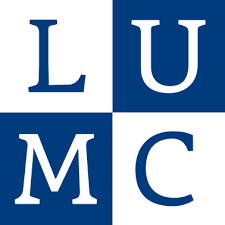Improving upon conventional chest radiography diagnostics
The Ultra-Low Dose (ULD) chest CT scan is a better diagnostic exam than the routine chest X-ray (CXR). In this project we aimed to develop technology required to enable the replacement of CXRs by ULDCT scans. We realized this by partnering with Philips Research.
In 2015, 142 CXRs were taken for every 1,000 Dutch citizens. 88% of these CXRs were acquired in the population aged 50 and above. In this population bracket 98% of all lung cancers, 95% of all coronary heart diseases and 99% of all aneurysms are diagnosed. Yet we know that the CXR is only able to pick up the presence of such diseases in at most 80% of all cases. This is where the ULDCT comes in. This diagnostic exam exposes a patient to the same amount of radiation as the CXR but is better at detecting the presence and absence of diseases. By using ULDCT instead of CXR we can boost early disease detection and improve sustainable, accessible and qualitative healthcare for all.
To realize the switch from CXR to ULDCT one major roadblock remained. The time it takes a radiologist to report on ULDCT scans is significantly longer (15 min vs 2 min), which made the switch too expensive. In our project we developed two technology enablers to help reduce the interpretation time and thus allow ULDCT to replace the CXR in a wider setting. Additionally, we have set up a single-centre non-inferiority randomised controlled trial to collect data and investigate the wider implications of replacing the conventional chest X-Ray with an ultra-low-dose CT scan.


